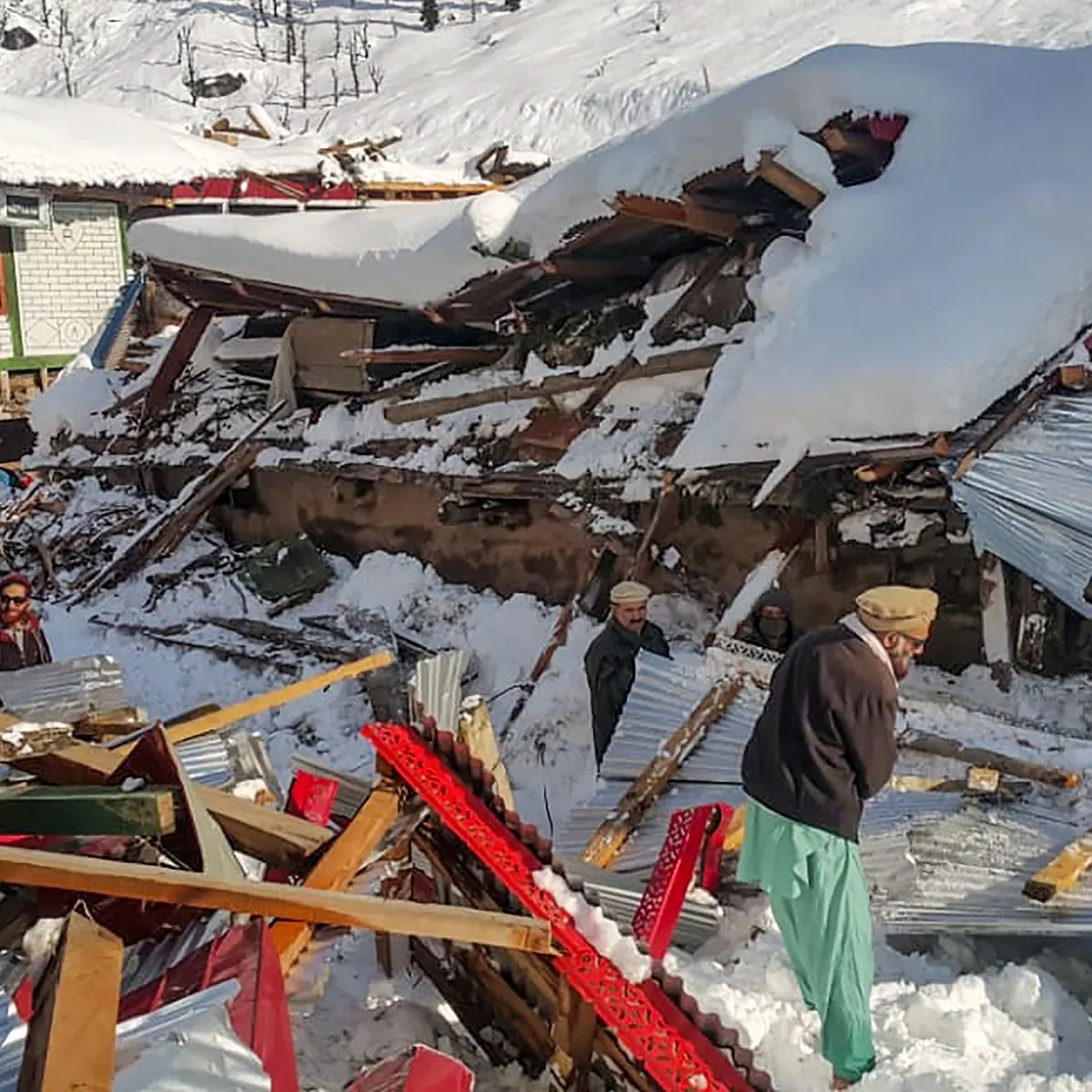Afghanistan has recently been grappling with severe weather conditions, including heavy rains and snowfall, leading to tragic consequences with at least 39 people reported killed. These extreme weather events have caused widespread devastation across the country, exacerbating existing challenges and posing significant threats to the safety and well-being of the Afghan population.
The heavy rains and snowfall have triggered flash floods and avalanches in various regions of Afghanistan, particularly in mountainous areas prone to such natural disasters. These incidents have resulted in the loss of lives, destruction of property, and disruption of essential services, further compounding the humanitarian crisis in the country.

Sources:- The Guardian
Among the most severely affected areas is the northern province of Badakhshan, where avalanches and flooding have claimed the lives of numerous individuals and caused extensive damage to infrastructure. Rescue and relief efforts have been hampered by the difficult terrain and limited access to affected areas, posing significant challenges for authorities and humanitarian organizations striving to assist those in need.
SOURCE:- BBC NEWS
The impact of the adverse weather conditions extends beyond immediate casualties and property damage, exacerbating existing vulnerabilities and socio-economic hardships faced by Afghan communities. Displacement, food insecurity, and the spread of waterborne diseases are among the pressing concerns confronting affected populations, highlighting the urgent need for coordinated and sustained humanitarian assistance.
In response to the crisis, Afghan authorities, supported by international organizations and aid agencies, have mobilized resources to provide emergency relief and support to affected communities. Efforts are underway to evacuate stranded individuals, provide shelter, distribute food and essential supplies, and restore basic services in the affected areas.
However, challenges persist in delivering aid effectively, particularly in remote and hard-to-reach regions where access is limited due to damaged infrastructure and adverse weather conditions. Coordination among government agencies, humanitarian organizations, and local communities is crucial to ensure that assistance reaches those most in need in a timely and efficient manner.
The recent severe weather events in Afghanistan underscore the country’s vulnerability to natural disasters and the urgent need for enhanced preparedness and resilience-building efforts. Climate change and environmental degradation are exacerbating the frequency and intensity of extreme weather events, posing grave risks to vulnerable populations and exacerbating humanitarian crises in conflict-affected regions like Afghanistan.
As Afghanistan continues to grapple with the aftermath of heavy rains and snowfall, concerted efforts are needed to address the immediate humanitarian needs of affected communities while also investing in long-term measures to enhance disaster preparedness, mitigate risks, and build resilience to future natural disasters. Only through sustained collaboration and collective action can Afghanistan effectively confront the challenges posed by climate-related emergencies and safeguard the lives and livelihoods of its people.
Share your views in the

